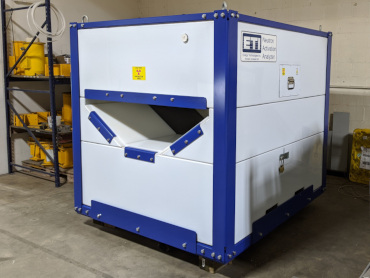
Definition of terms
SGA - Single Gamma Analysis:
This method uses a single gamma-emitting radioisotope to measure the weight and density of a material. It works by measuring the attenuation of the gamma signal and applying a global calibration to determine the material's weight and density.
DGA - Dual Gamma Analysis:
This technique employs two gamma-emitting radioisotopes to measure ash content, weight, and density. The process involves measuring the attenuation of each radioisotope's signal individually and using the ratios of these signal attenuations to determine the ash content, weight, and density of the material.
PGNAA - Prompt-Gamma Neutron Activation Analysis:
This method uses a neutron-emitting radioisotope to determine the elemental composition of bulk material. When the material is bombarded with neutrons (emitted by a neutron source, such as Cf-252), it produces prompt gamma rays. A detector senses these gamma rays and converts them into electrical signals. The detected gamma-ray energies identify the elements present, and their intensity indicates the amount of each element in the material.


DGA Device
